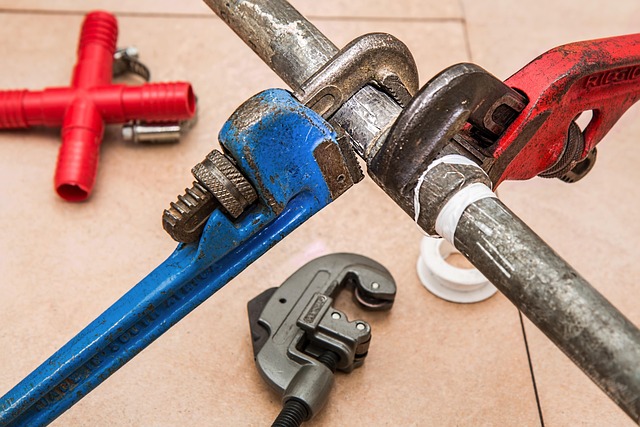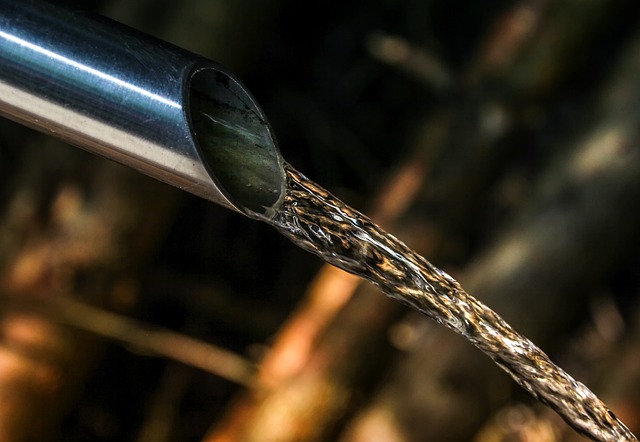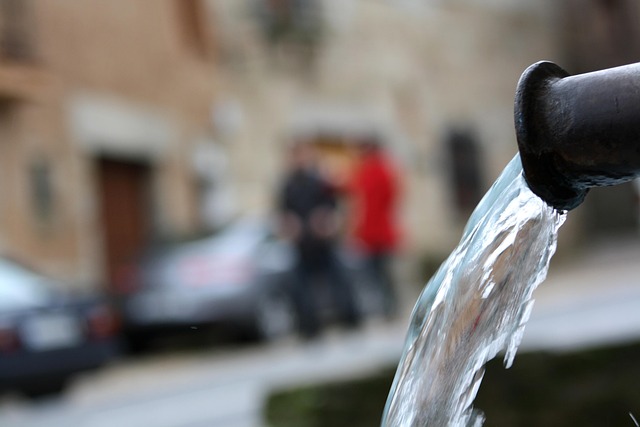Pipe issues arise from aging, environmental factors like corrosion, hard water, and tree roots, requiring prompt detection through regular maintenance. Common problems include leaks, cracks, and scale buildup. Repairs range from non-invasive relining to traditional replacement, with modern methods offering less disruption. Choosing the right materials and adhering to building codes ensure strong, long-lasting fixes. DIY methods are suitable for minor issues; severe cases demand professional plumbers. Regular maintenance, inspection, and proper drainage prevent costly pipe repairs.
Looking to tackle that nagging pipe problem? This comprehensive guide dives into the world of pipe replacement and repair, equipping you with essential knowledge. From understanding common issues like leaks and cracks to selecting durable materials, we cover it all. Learn about various repair techniques, master a step-by-step guide, and know when to call a professional plumber. Implement preventive measures for lasting solutions. Get equipped to tackle your pipe repairs with confidence using effective Pipe Repair strategies.
Understanding Common Pipe Issues and Causes

Many pipe issues stem from everyday wear and tear, as pipes age they become more susceptible to corrosion, leaks, and clogs. Rust buildup, for instance, can weaken pipe structures, leading to cracks or holes that necessitate urgent pipe repair. Additionally, hard water, often containing high mineral content, accelerates the decaying process of pipes over time.
Other common causes include poor initial installation, damaged pipes from construction work, tree roots infiltrating drainage lines, and accidental damage from household activities. Identifying these issues early on is crucial for effective pipe repair. Regular maintenance checks can help prevent small problems from escalating into costly repairs or severe disruptions to your home’s plumbing system.
Assessing Pipe Damage: Leaks, Cracks, and More

When assessing pipe damage for repair or replacement, it’s crucial to identify various issues that could compromise functionality and integrity. Leaks are a common problem, often visible as wet spots or dripping water around pipes, fixtures, or appliances. These can range from tiny drips indicating minor wear to significant gushers demanding immediate attention. Additionally, cracks in pipes may go unnoticed until water starts seeping through, signifying structural damage that necessitates prompt pipe repair.
Beyond leaks and cracks, other signs of pipe damage include corrosion, which weakens pipes over time, especially in areas with high moisture levels or improper ventilation; root intrusion is another issue, as tree roots can infiltrate pipes, causing blockage or even burst pipes. Proper inspection should also account for scale buildup, which reduces water flow and pressure, and damaged joints or fittings that can lead to leaks at these vulnerable points.
Types of Pipe Replacement Techniques

When it comes to pipe replacement and repair, several techniques are available, each suited for different situations and pipe materials. One common method is pipe relining, which involves inserting a new pipe liner inside the existing pipe to reinforce and restore its structural integrity. This technique is particularly useful for repairing damaged or outdated pipes without extensive excavation.
Another approach is burrowing, where a new pipe is installed by creating a tunnel from an access point, allowing for minimum disruption to surrounding areas. This method is efficient for replacing pipes in hard-to-reach locations or urban settings with limited space. Additionally, traditional pipe replacement entails digging up the affected section, removing the old pipe, and installing a new one, often requiring significant excavation and time. Modern advancements have led to less invasive techniques, making pipe repair faster and more cost-effective.
Selecting the Right Materials for Pipe Repair

When undertaking pipe repair, selecting the right materials is paramount for ensuring longevity and effectiveness. The suitability of materials depends on various factors such as pipe type (plastic, metal, or copper), environmental conditions, and expected water pressure. For instance, high-density polyethene (HDPE) pipes are ideal for sewer repairs due to their flexibility, durability, and resistance to corrosion. In contrast, steel pipes may require galvanization for better protection against rust in moist environments.
Additionally, the choice of repair methods and products should align with local building codes and regulations. Adhesives designed specifically for pipe repairs offer strong bonds that can withstand water pressure, while metal clamps provide mechanical reinforcement. Using certified materials ensures the safety and reliability of your Pipe Repair, minimizing future leaks and damage.
Step-by-Step Guide to Repairing Pipes

Repairing pipes is a common home maintenance task that can save you money and prevent costly damage. Here’s a step-by-step guide to help you tackle this job effectively. First, locate the pipe you need to repair, turning off the water supply at the main shut-off valve to avoid any leaks during the process. Next, gather your tools: a wrench or pliers for loosening fittings, a new pipe section (if replacing), thread tape or pipe compound, and a bucket for cleaning up.
Once prepared, remove any debris or corrosion from the pipe and its fittings using a wire brush. Ensure the pipes are clean and dry to prevent leaks. If replacing a pipe, measure the length needed and cut the new pipe accordingly. Apply thread tape or pipe compound to both ends of the pipe (and the corresponding fittings) before assembling them. Tighten fittings securely with your wrench or pliers, making sure everything is snug but not overly tight. Finally, turn on the water supply at the main shut-off valve and check for any leaks. If there are none, congratulations! You’ve successfully repaired or replaced a pipe.
When to Call a Professional Plumber

If you’ve noticed persistent leaks, significant water pressure issues, or sudden clogs that won’t clear, it might be time to call a professional plumber for pipe repair. While DIY methods can tackle minor issues, complex problems often require specialized tools and expertise. Professionals are equipped to handle intricate repairs, such as navigating tight spaces, fixing damaged pipes beneath floors or behind walls, and ensuring the integrity of your plumbing system’s structure.
Regular maintenance can prevent many common pipe problems, but certain situations demand professional attention. Corrosion, root intrusion, burst pipes, or aging infrastructure—all these factors can signal the need for expert intervention. A plumber will assess the extent of the damage, provide solutions tailored to your specific needs, and execute repairs efficiently to minimize disruptions to your daily routine.
Preventive Measures for Long-Lasting Pipe Repairs

Regular maintenance is key to preventing pipe repairs. Starting with a thorough inspection, homeowners can identify potential issues early on. This includes checking for leaks, corrosion, or any signs of damage. Simple measures like fixing minor leaks immediately, insulating pipes in colder areas to prevent freezing, and scheduling professional inspections annually can significantly extend the lifespan of your plumbing system.
Additionally, using high-quality materials during initial installation and ensuring proper drainage systems in place can contribute to long-lasting pipe repair. Avoiding overloading pipes with excessive water pressure or improper waste disposal is also crucial, as these actions may lead to premature wear and tear, necessitating costly repairs.
